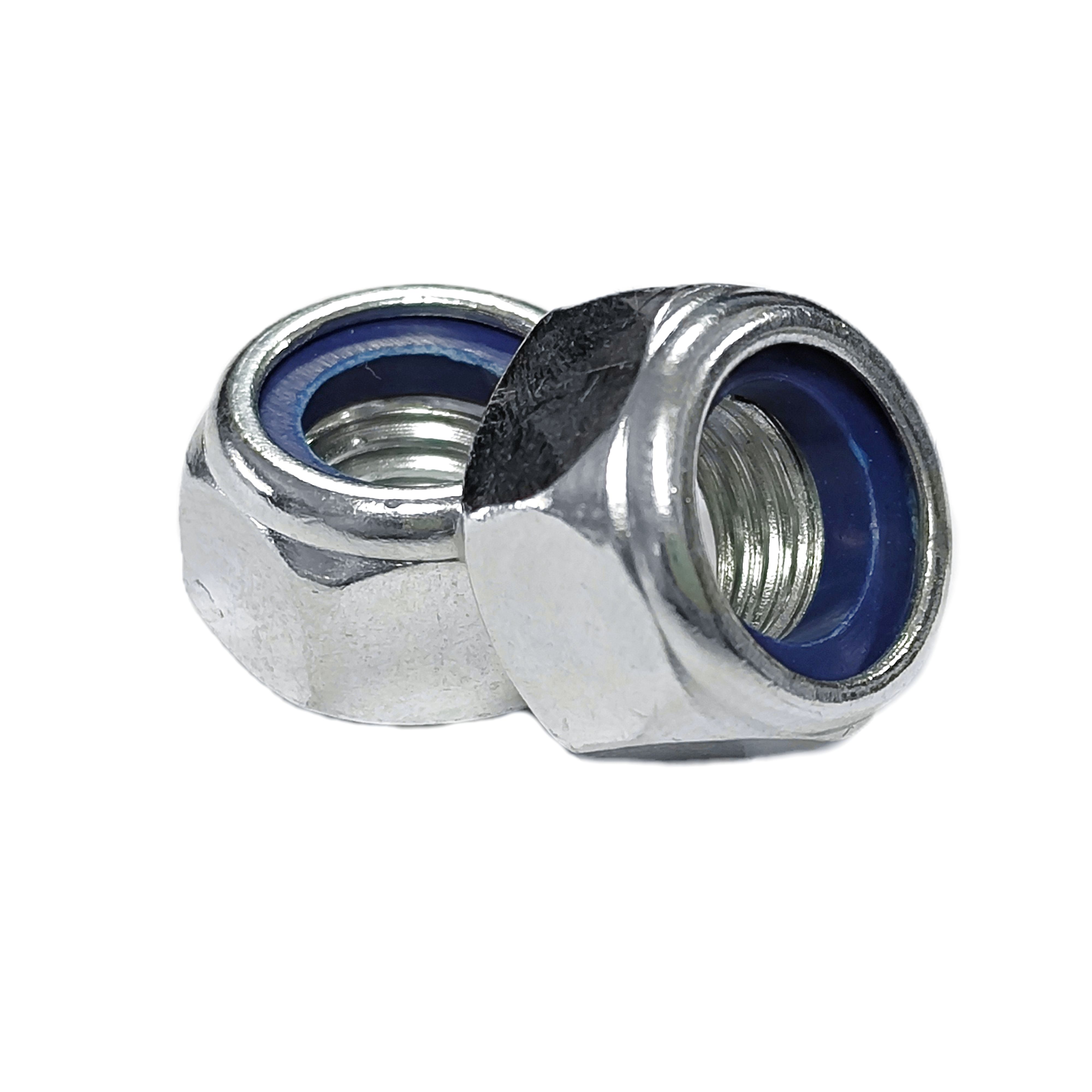

Nylon Insert Lock Nut - Hebei Longze | Vibration Resistance & Durable Fastening
Sep . 01, 2025 10:30 Back to list
Nylon Insert Lock Nut - Hebei Longze | Vibration Resistance & Durable Fastening
The Nylon Insert Lock Nut represents a significant advancement in fastening technology, offering a robust solution for securing bolts and screws in demanding environments. Designed to resist loosening caused by vibration, this lock nut combines the strength of metal with the frictional properties of nylon, ensuring a reliable connection across a wide range of industries. This article explores the product's features, technical specifications, applications, and the company behind its innovation.
Key Features and Advantages
The Nylon Insert Lock Nut is engineered to provide exceptional resistance to loosening, making it ideal for applications where vibration or mechanical stress is a concern. Its core feature is the nylon collar insert, which creates a tight grip on the bolt, preventing unintended loosening. This design eliminates the need for additional locking mechanisms such as lock washers or thread adhesives, simplifying installation and reducing costs.
Constructed from durable materials like carbon steel, stainless steel, and other alloys, the nut is built to withstand harsh conditions. The availability of multiple grades (e.g., 4.8, 5.8, 8.8, 10.9) ensures compatibility with diverse load-bearing requirements. Additionally, the nut undergoes various surface treatments, including zinc plating, black oxide, and hot-dip galvanizing, enhancing its corrosion resistance and longevity.
One of the standout benefits of this lock nut is its ease of installation. Unlike traditional lock nuts that require precise torque settings, the nylon insert provides a self-locking mechanism that maintains tension without excessive force. This makes it a preferred choice for both professional engineers and DIY enthusiasts.
Technical Specifications
| Parameter | Details |
|---|---|
| Size Range | M3 to M36 (customizable options available) |
| Standards Compliance | ISO, DIN, ANSI, ASME, ASTM, BS, JIS, and others (e.g., DIN 982, DIN 985, GB/T 6172.2) |
| Materials | Carbon steel (35K, 45K, 40Cr, 45Cr, B7, 20MnTiB), stainless steel (201, 304), brass, and metric/inch variants |
| Grades | 4.8, 5.8, 6.8, 8.8, 10.9, 12.9, B7 |
| Surface Treatments | Zinc plating, black oxide, hot-dip galvanizing, Teflon coating, and customizable options |
Applications Across Industries
The versatility of the Nylon Insert Lock Nut makes it suitable for a wide array of applications. In the automotive industry, it is used to secure components that experience constant vibration, such as engine parts and suspension systems. In construction and engineering, the nut ensures stability in structures exposed to environmental stressors like wind or seismic activity.
For manufacturing and industrial equipment, the nut's durability and resistance to loosening reduce maintenance downtime. It is also widely employed in electrical and mechanical systems, where reliable fastening is critical for safety and performance. Additionally, the nut's compatibility with multiple standards ensures its use in global supply chains and cross-border projects.
Company Background: Hebei Longze Metal Products Co., Ltd.
Manufactured by Hebei Longze Metal Products Co., Ltd., this lock nut is a testament to the company's commitment to innovation and quality. Based in China, LongZe has established itself as a leading provider of fastening solutions, serving clients across industries with precision-engineered products. The company's adherence to international standards, such as ISO and DIN, ensures that its offerings meet global expectations.
LongZe's expertise in material science and manufacturing processes allows it to produce high-quality nuts that balance strength, durability, and cost-effectiveness. The company's focus on customer-centric solutions is evident in its ability to customize products to meet specific requirements, such as unique size specifications or surface treatments.
Ensuring Reliability Through Standards
The Nylon Insert Lock Nut aligns with rigorous industry standards to guarantee performance and safety. For instance, National Institute of Standards and Technology (NIST) plays a pivotal role in developing measurement standards that underpin the reliability of fastening components. According to NIST, "Precise measurements and standardized testing are essential for ensuring the integrity of mechanical components in critical applications" (NIST, 2025). These standards help manufacturers like LongZe validate the durability and performance of their products.
By adhering to standards such as ISO 10511 and ASTM A563, the Nylon Insert Lock Nut ensures compatibility with global engineering practices. This compliance not only enhances the product's credibility but also simplifies integration into existing systems.
Visual Representation of the Product
The following images showcase the Nylon Insert Lock Nut and related fastening solutions:

Image 1: Nylon Insert Lock Nut in various sizes and finishes.

Image 2: Nylon Insert Lock Nut in a close-up view of the nylon insert.

Image 3: Nylon Insert Lock Nut in a hidden fastening application.
Conclusion
The Nylon Insert Lock Nut exemplifies the synergy between material science and engineering innovation. Its ability to prevent loosening, combined with its adaptability to diverse applications, makes it an indispensable component in modern manufacturing. By partnering with companies like Hebei Longze Metal Products Co., Ltd., industries can leverage this technology to enhance the reliability and efficiency of their systems.
For further information about the product, visit the Nylon Insert Lock Nut page. To explore the broader impact of standards on fastening technologies, refer to the National Institute of Standards and Technology (NIST).
References
NIST. (2025). "Precise Measurements for Reliable Components." Retrieved from https://www.nist.gov/
Latest news
-
Nylon Insert Lock Nut - LongZe | Secure Fastening, Durable Design
NewsSep.01,2025
-
Nylon Insert Lock Nut-Hebei Longze|Vibration Resistance&Corrosion Protection
NewsSep.01,2025
-
Nylon Insert Lock Nut: Vibration Resistance & Customizable Options | Hebei Longze
NewsSep.01,2025
-
Nylon Insert Lock Nut - Hebei Longze | Vibration Resistance, Durable Construction
NewsSep.01,2025
-
Nylon Insert Lock Nut-Hebei Longze|Secure Fastening&Vibration Resistance
NewsSep.01,2025
-
Nylon Insert Lock Nut-Hebei Longze Metal Products Manufacturing Co., Ltd.|Secure Fastening&Vibration Resistance
NewsSep.01,2025

